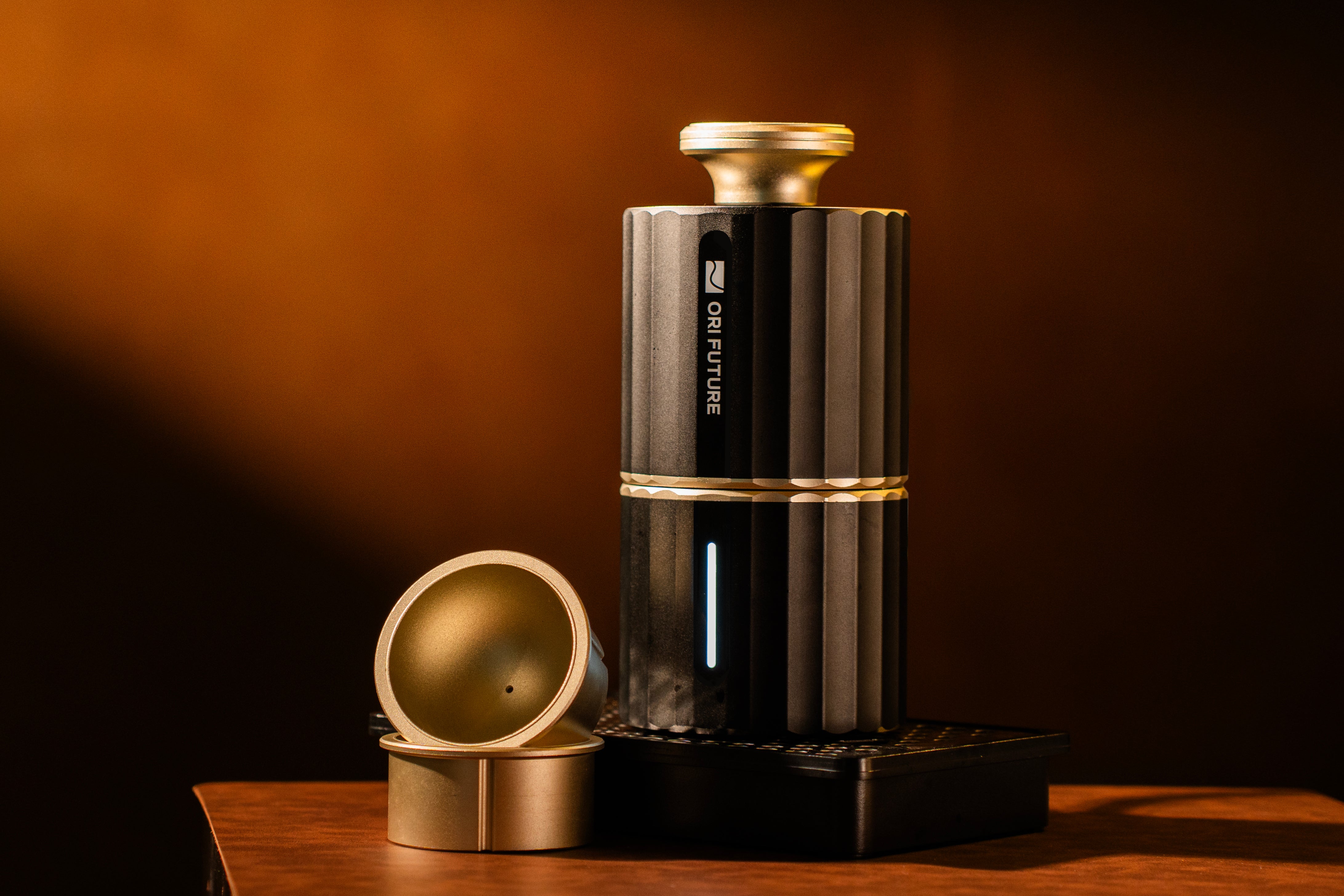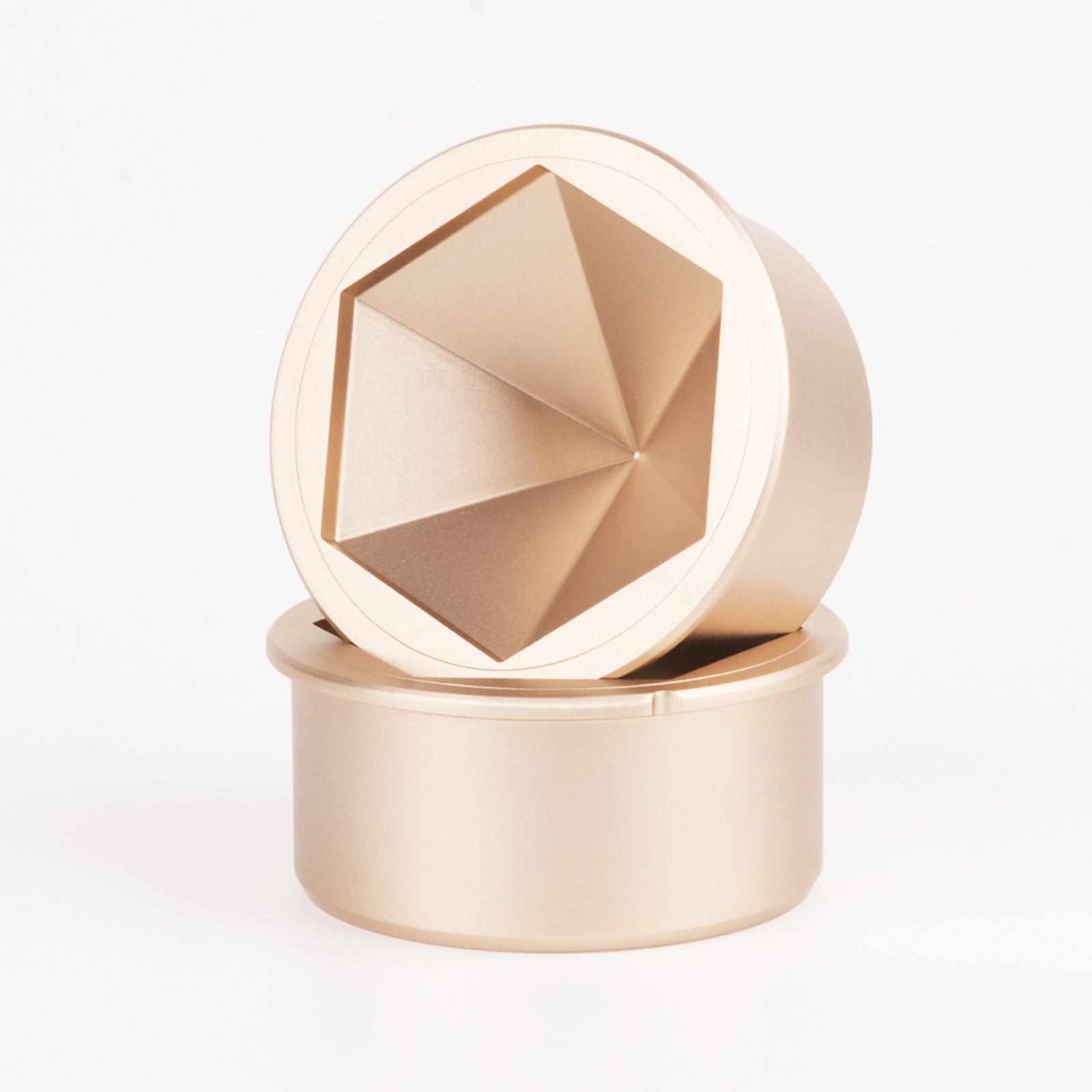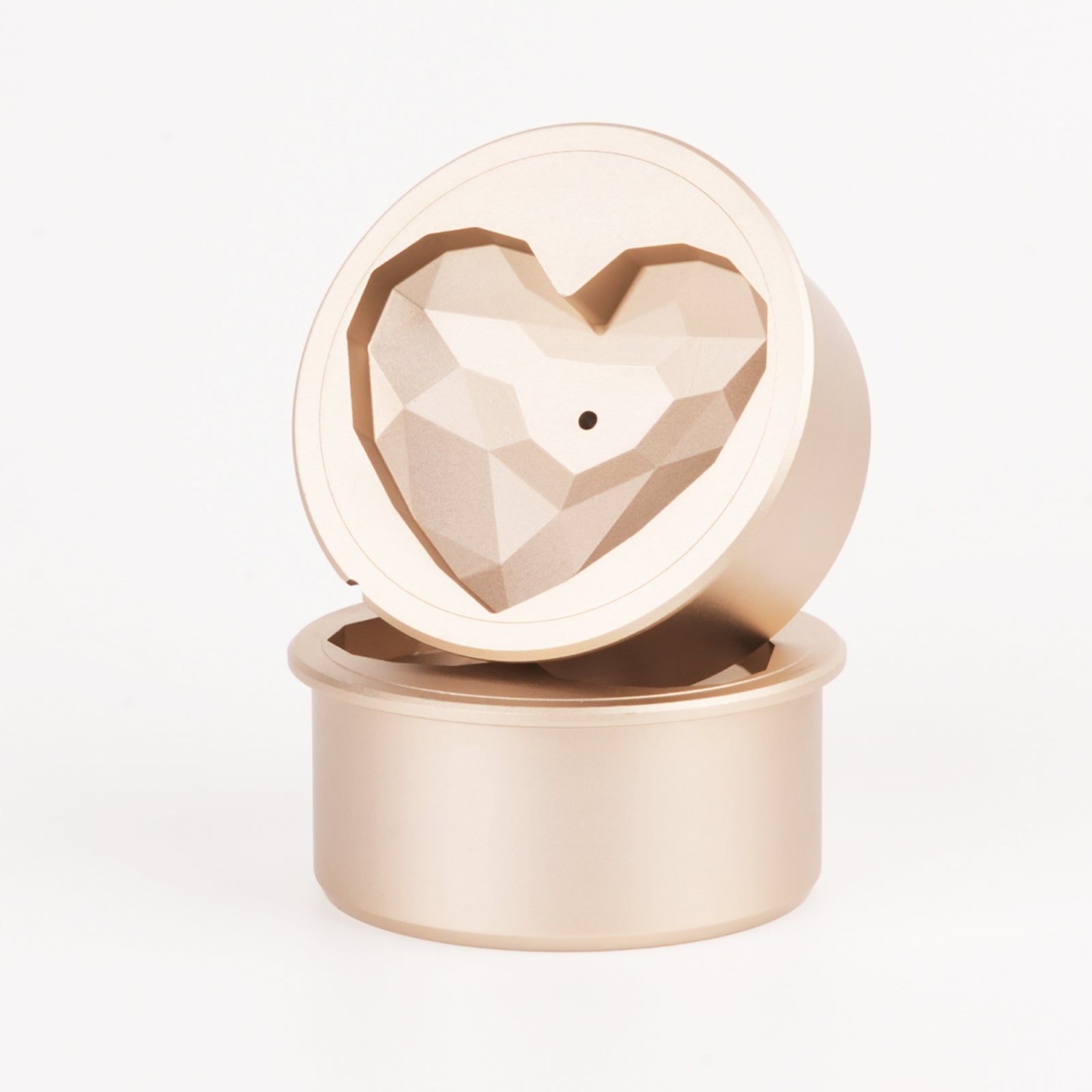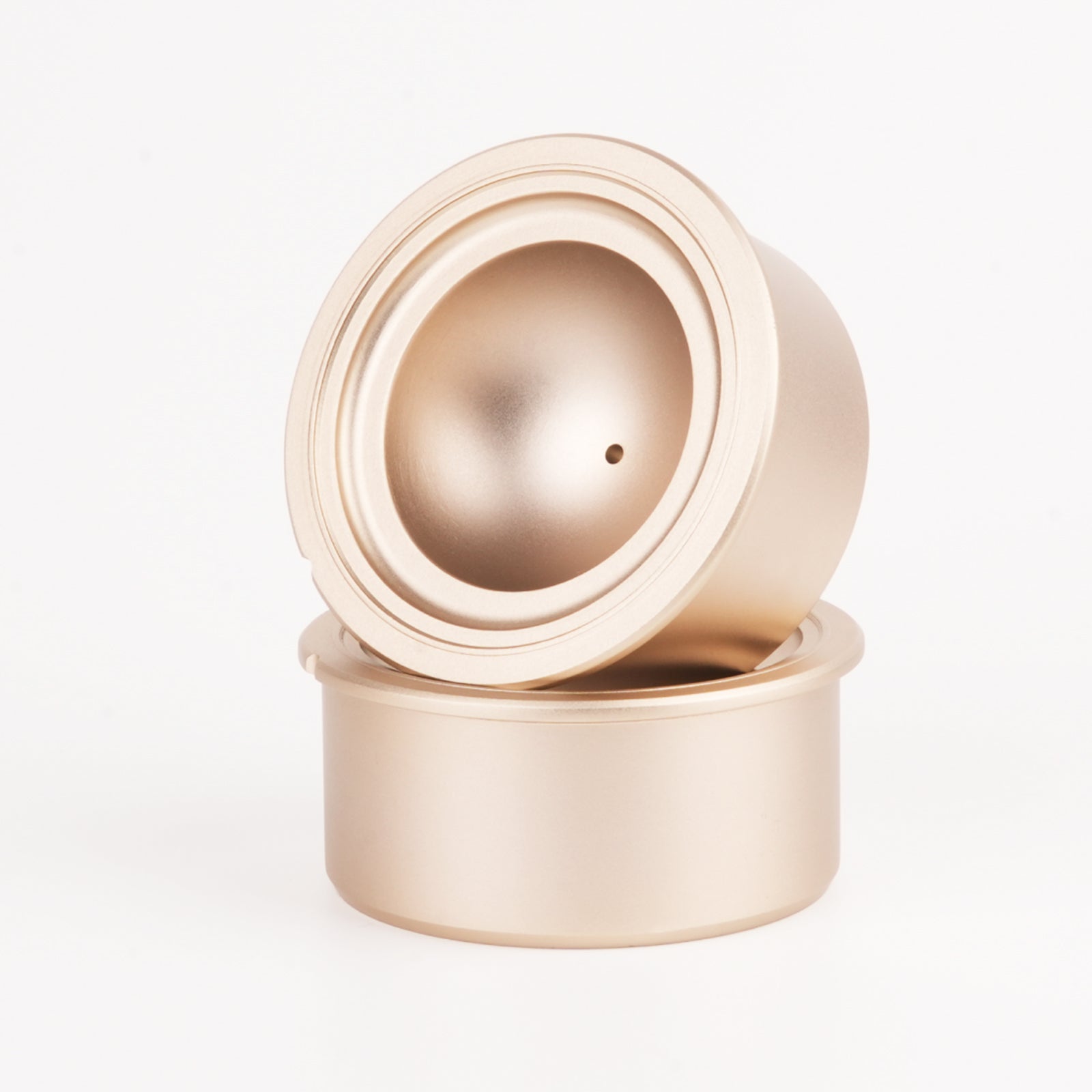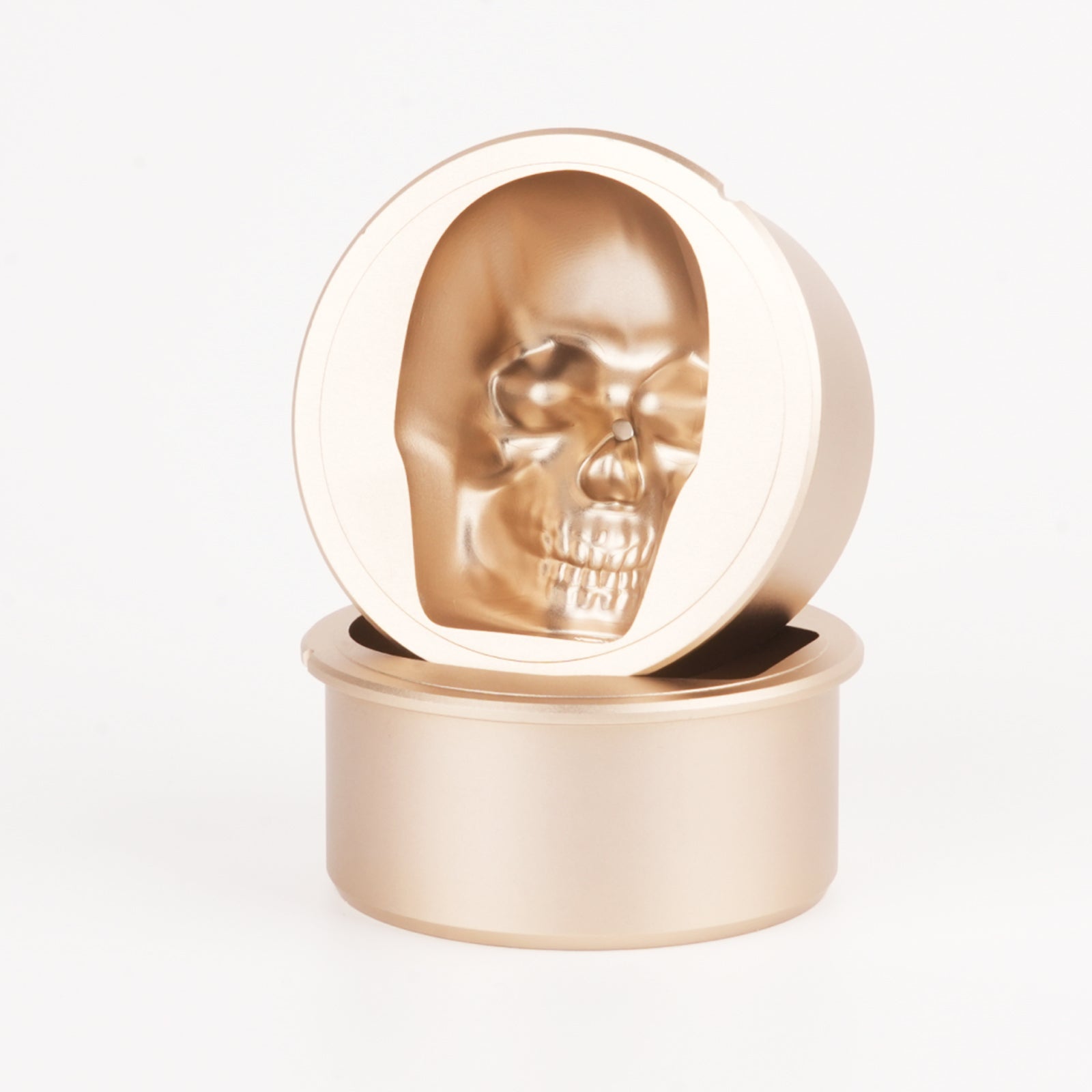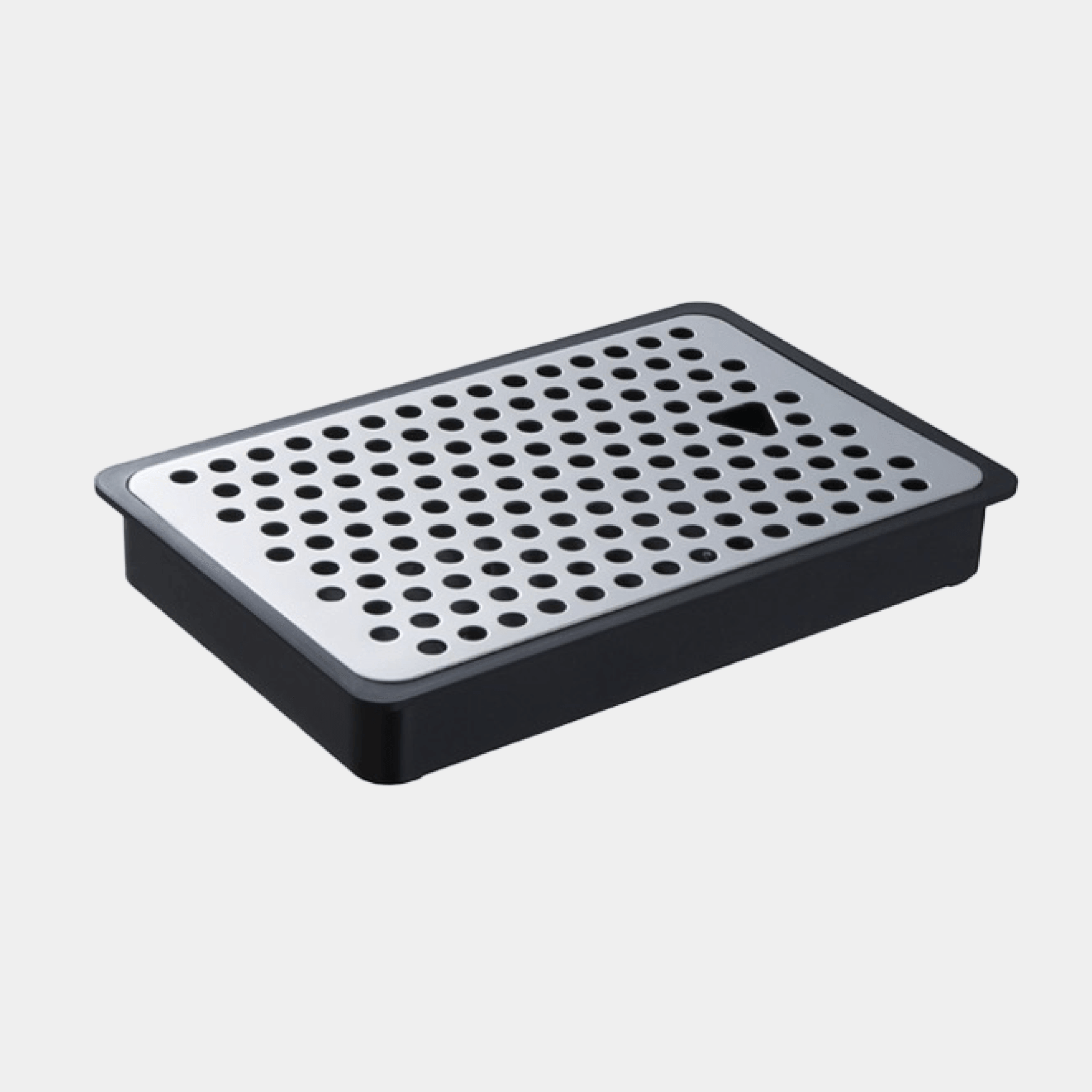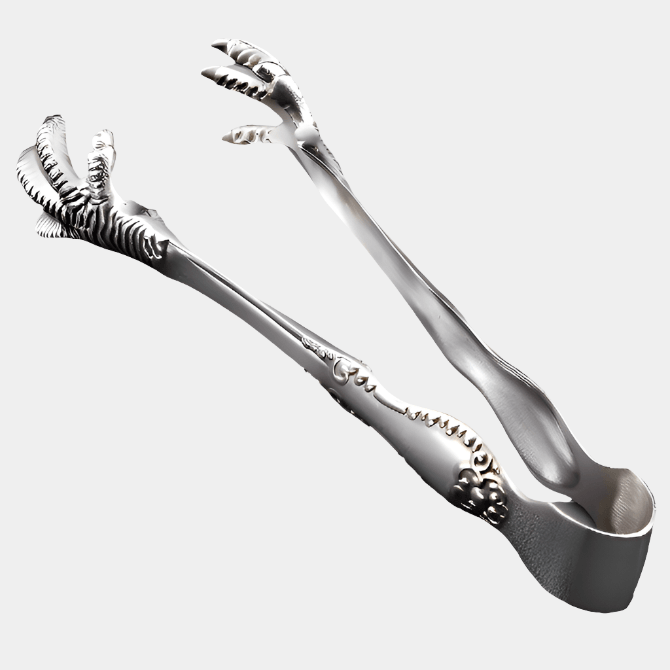DIY Clear Ice Cubes Using Directional Freezing

Do you want to make clear ice at home? Regular ice looks cloudy because air and dirt get stuck inside. Directional freezing fixes this by moving bubbles down. Use filtered water and boil it first. Insulate your clear ice maker. You can make crystal-clear cubes in your freezer!
How to Make Clear Ice at Home
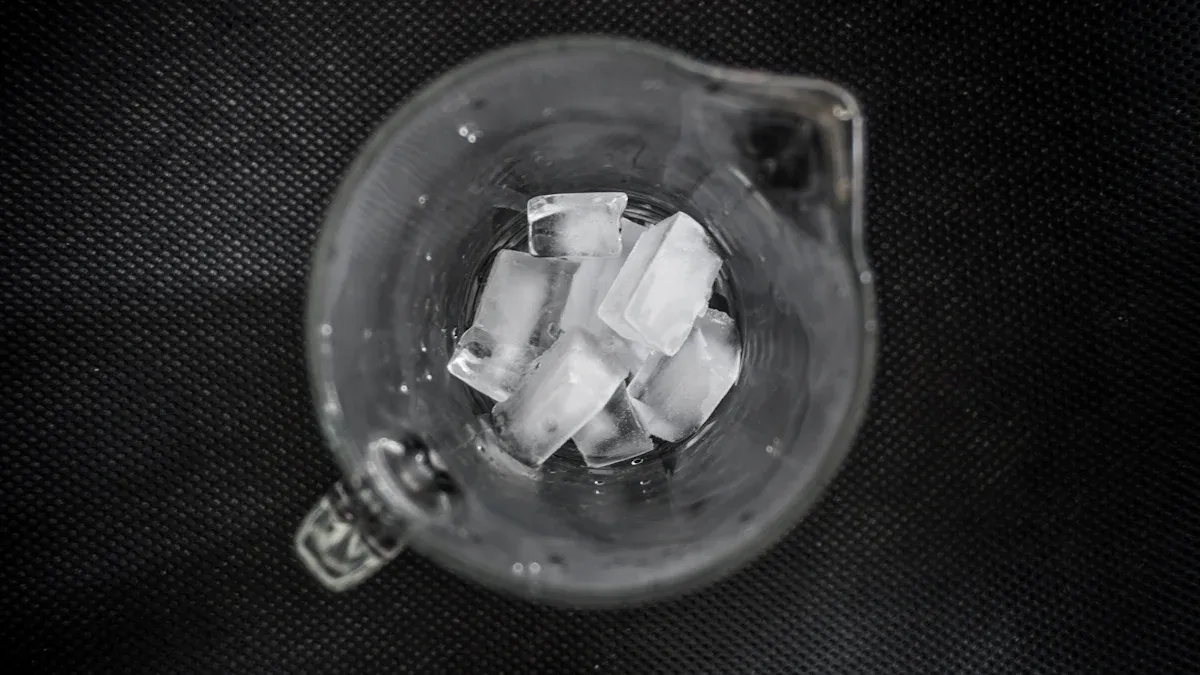
Why Regular Ice Is Cloudy
Have you ever wondered why the ice from your freezer looks cloudy? You are not alone! Most people notice that regular ice cubes have a white, foggy center. This happens because of the way ice freezes in a home freezer.
When you freeze water quickly, air and minerals get trapped inside the ice.
Freezing starts at the edges of the tray and moves inward. This pushes dissolved gases and tiny particles toward the center.
These trapped bubbles and minerals form pockets of frost, making the ice look cloudy.
In nature, ice often looks clear because it freezes slowly from the top down. This process pushes impurities away, leaving behind a more transparent block.
So, if you want to know how to make clear ice, you need to control how the water freezes. That is where the next method comes in!
What Is Directional Freezing
Directional freezing is the secret to making crystal-clear ice at home. Instead of freezing water from all sides, you freeze it in one direction—usually from the top down. This method pushes air bubbles and impurities to the bottom, so the top part of the ice stays clear.
Let’s compare the two methods:
Method |
Ice Clarity Description |
|---|---|
Directional Freezing |
Air bubbles and impurities are pushed to the bottom, resulting in clearer ice. |
Traditional Freezing |
Ice freezes from all sides, trapping air and impurities within, leading to cloudy ice. |
If you want to learn how to make clear ice, you need to use directional freezing. Here are some tips to help you get the best results at home:
Use the right water. Choose distilled or ultra-filtered water to cut down on impurities.
Boil the water before freezing. Boiling removes dissolved gases that can cloud your ice.
Pour hot water into your molds. Hot water helps the ice form more clearly.
Freeze the water slowly. Give it about 24 hours so impurities can escape.
Store your clear ice in an airtight container. This keeps it from picking up freezer smells.
Tip: Insulate your ice tray or use a small cooler to slow down the freezing process. You can even try freezing your tray upside down for better results!
Now you know how to make clear ice at home. With filtered water, boiling, and insulation, you can impress your friends with beautiful, see-through cubes. Try these steps and see the difference for yourself!
Clear Ice Maker Setup
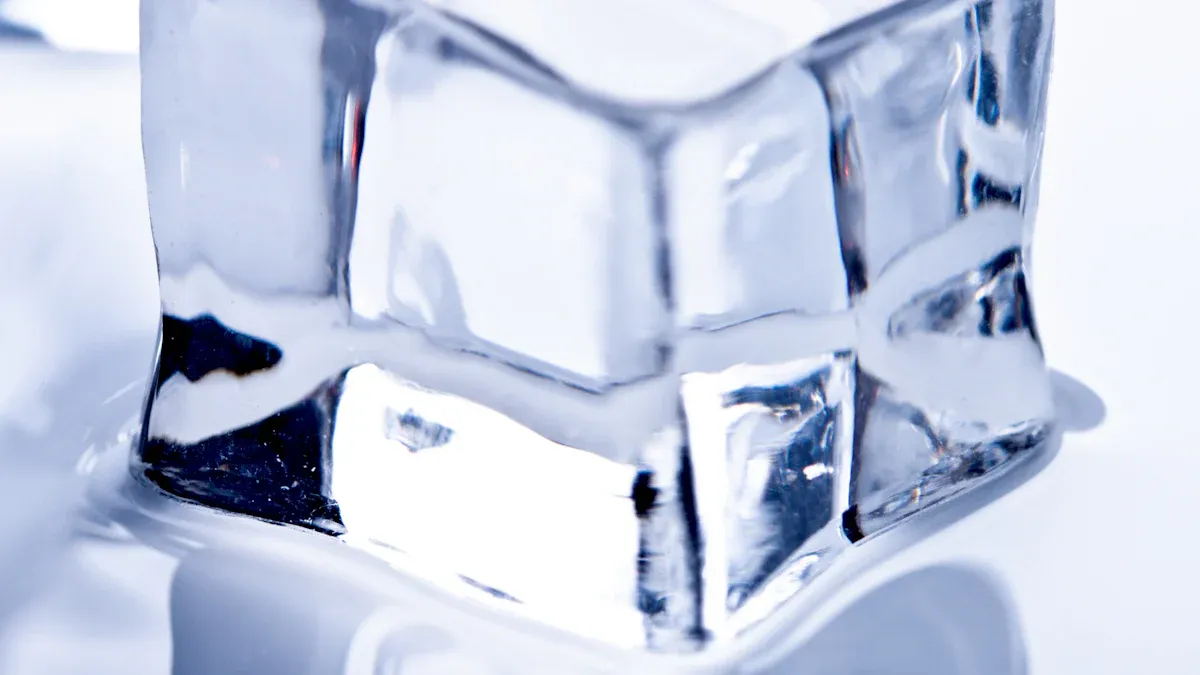
Materials and Equipment Needed
You don’t need fancy gadgets to make clear ice cubes at home, but a few tools can help you get crystal clear ice every time. Here’s a quick look at what you might use:
Product Name |
Price |
Ice Size |
Description |
|---|---|---|---|
Wintersmith’s Phantom Mini |
$85 |
2.36" and 1.11" |
Makes large and small spheres; great for making clear ice cubes. |
Cooler Method |
~$30 |
Customizable |
Uses a cooler for directional freezing; perfect for clear ice maker beginners. |
Ghost Ice System |
$300 |
Up to 3" cubes |
Fits in a standard cooler; produces crystal clear ice cubes for parties. |
Clinebell Machine |
$5,500 |
300-pound block |
Commercial clear ice maker; not for home use, but fun to know about! |
You can also use silicone molds, plastic trays, bubble wrap, or a styrofoam box. A special clear ice cube tray or special mold can help you shape your cubes.
Preparing Water for Clear Ice
Start with clean water. Filtered, spring, or boiled distilled water works best for making clear ice cubes. Here’s what you should do:
Use boiled distilled water to remove air and minerals.
Boil water and let it cool before pouring into silicone molds.
Water with fewer minerals makes crystal clear ice cubes.
Always use a clear ice maker for best results.
Insulation Techniques for Clear Ice
Insulation helps you control how your clear ice freezes. Try these tips:
Use an insulated cooler or wrap your silicone molds with bubble wrap.
Place your clear ice maker in the freezer with the lid off so ice freezes from the top down.
Fill your cooler with boiled distilled water and freeze slowly.
Silicone molds work well, but plastic trays keep out odors better.
For crystal clear ice, freeze upside down and cut cubes from the top.
Tip: Making clear ice takes patience, but your drinks will look amazing with crystal clear ice cubes!
Make Clear Ice: Step-by-Step Guide
Freezing and Extraction
Ready to make clear ice at home? You can do it with a few simple steps. First, fill your insulated mold or cooler with boiled, filtered water. Place the mold in your freezer with the lid off. This helps the ice freeze from the top down, pushing air bubbles and impurities to the bottom. You want to freeze the water slowly. Most people find that clear ice takes anywhere from a few hours to a full day to freeze, depending on your freezer and the size of your mold.
Here are some quick steps to follow:
Boil your water twice and let it cool slightly before pouring it into your mold.
Place the mold in your freezer, making sure it sits level.
Leave the top open so the ice freezes from the top down.
Wait patiently. Slow freezing is key for clear ice.
Once the ice is solid, remove the mold from the freezer.
Tip: If you see bubbles or cloudy spots at the bottom, you can trim them off later. That’s normal!
You might notice some challenges. Air bubbles and impurities can sneak in, even if you use distilled water. Boiling helps, but sometimes a little haze remains. Insulating your mold and freezing slowly will give you the best results.
Cutting and Storing Clear Ice
After you freeze your clear ice, you need to extract and shape it. You can use different tools to cut your ice without cracking or clouding it. Here’s a handy table to help you pick the right tool:
Tool |
Purpose |
|---|---|
Serrated bread knife |
For cutting through ice |
Paring knife |
For detailed carving |
Wooden cutting board |
To provide a stable cutting surface |
Japanese ice saw |
Optional for scoring larger blocks |
Latex or nitrile gloves |
To prevent warming the ice with hands |
You can also use a sharp cleaver, hammer, clean chisel, ice pick, or screwdriver. Many people find that using a sharp cleaver and a hammer with cold water works best. Always cut on a wooden board and wear gloves to keep your ice from melting too fast.
When you store clear ice, you want to keep it fresh and free from freezer smells. Here are some tips:
Designate a special spot in your freezer just for ice.
Clean your trays with a water and vinegar solution to remove odors.
Store ice in a closed container to keep out flavors from other foods.
Keep your freezer at a steady temperature, ideally around 0°F.
Separate cubes if you refreeze them so they don’t stick together.
Note: If you leave ice cubes in trays too long, they can shrink and lose quality. Remove them soon after freezing for the best results.
Troubleshooting Common Issues
Sometimes, things don’t go as planned. Here are some common problems and how you can fix them:
Cloudy Spots
Use filtered water and an insulated mold for consistent results.
Try boiling tap water, cooling it, and boiling again before freezing.
Use distilled water to cut down on impurities.
Make sure you use directional freezing. Place your silicone tray with holes on a riser in a cooler filled with warm water.
Cracking
Avoid rapid temperature changes. Don’t move ice straight from the freezer to a warm room.
Make sure your mold is level and not overfilled.
Freeze slowly and evenly to prevent uneven cooling.
Odor Absorption and Sublimation
Keep food sealed in your freezer so ice doesn’t pick up smells.
Remove ice cubes from silicone trays soon after freezing.
Store ice in a closed container to prevent freezer burn.
Air Bubbles
Freeze water slowly to let bubbles escape.
Use the vacuum method or agitate water before freezing.
Directional freezing helps push bubbles to the bottom.
Tip: The temperature of your freezer matters. Set it between -1°C and -10°C for the clearest ice. Lower temperatures can make ice cloudy.
Making clear ice at home can feel tricky, but you can do it with patience and practice. Many people find the process a bit cumbersome, but the results are worth it. If you want more tips for using clear ice, try experimenting with different molds and water types. You’ll impress your friends with beautiful, crystal-clear cubes every time!
You get big benefits when you use clear ice in your drinks.
Clear ice looks amazing and melts slowly, so your drink stays cold and tasty.
You taste pure flavors without weird aftertastes.
Try different molds and methods to find what works for you.
If you run into problems, check these helpful resources:
Resource Title |
Description |
|---|---|
Detailed guides and troubleshooting tips. |
|
Answers to common questions. |
Clear ice is easy to make at home. You just need a little patience and practice. Your drinks will look and taste better every time you use clear ice.

